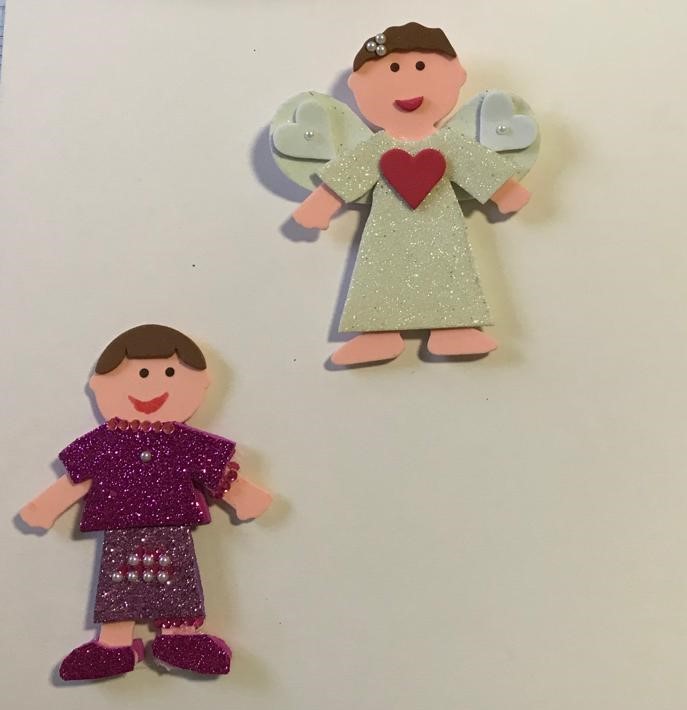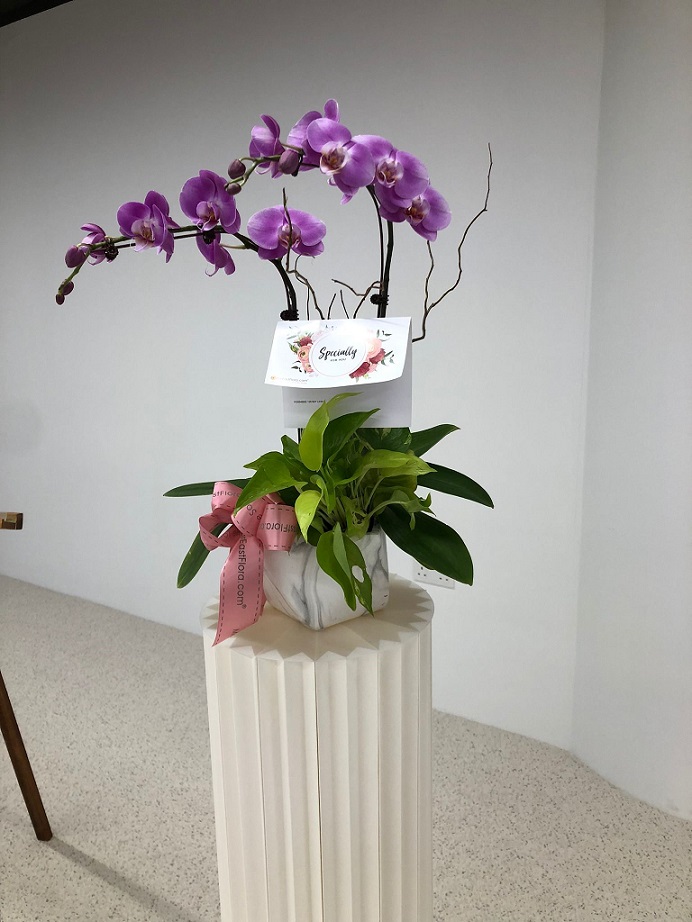
Close


HCA Art Therapist Kimo Ong profoundly remembers a grandmother and granddaughter pair she worked with, to facilitate and prepare the young girl for the impending death of her beloved grandmother. “While the main client was the granddaughter, the patient often witnessed the whole process of her grandchild’s creations,” Kimo shares. “After every session, the little girl would approach her grandmother proudly with her artwork.”
These artworks depicted different scenes and emotions, such as the fear of losing her grandmother and the belief that a beautiful haven awaited those who pass on. “Through the act of creating and sharing her artworks with her grandmother, it was evident that they shared a loving bond,” Kimo says.
Art therapy is considerably less known within the palliative care sector. Yet, art fills the void where words fail. It is simultaneously a medium for expression and communication. “Oftentimes, when patients or their family members find it difficult to express their concerns through words, the care team would explore their openness to having the art therapist on board to support them,” Kimo explains. “The art therapist’s role during the art-making process includes bearing witness to their creation in a non-judgmental environment.”
Empowerment Through Art
The process of art making is often empowering in itself. For patients who are not as familiar with art, they may be intimidated by the creative process or be worried about making a mess. Depending on the patient or caregiver’s inclinations, Kimo may select a variety of dry or wet media, or opt for 3D objects, such as boxes. Dry media includes colour pencils, crayons, oil pastels, and markers, while wet media refers to acrylic paints, watercolour paints and Chinese ink.

“For patients who are new to the process of art making, I might use image collages, pre-cut papers, or even everyday objects to facilitate the creative process, without having to worry too much about the aesthetics of the end-product,” Kimo says.
The notion of empowerment is central to late HCA patient Mdm Annie Hoor Ngan Thye’s exhibition, Taking Flight. The month-long exhibition was Annie’s final wish – to showcase her works and share her passion for art. Kimo quickly built rapport with the affable lady, who was more than happy to share the stories behind her paintings with a fellow art enthusiast.

“Unlike the usual art therapy sessions where the patient would create something, and we would discuss after, I got to hear stories about the artworks she had completed in the past,” Kimo explains. “Annie’s artworks provided her with a different lens to share her creative journey in a whole new light.”
Annie only formally took up art classes in 2018, when she moved to Singapore from Malaysia, to help to care for her grandchildren. “It was evident that the process of learning watercolour and acrylic painting techniques empowered Annie – by sharing her artistic journey with me, this empowered her a second time,” Kimo says.
A Good Day: Taking Flight
Taking Flight, which was jointly organised by HCA and local art gallery Sound of Art, showcased a selection of Annie’s favourite watercolour paintings. These artworks were a compilation of Annie’s precious memories of travel adventures and the interesting birds she would encounter on her walks.

“Despite the hardship she faced in raising her children, Annie never complained,” says Kimo. “She was cheery and optimistic, and through her artworks, she hoped for people to see the best in life in spite of the adversities they may be facing.”
When the HCA team broached the idea of an exhibition to showcase her works, as part of the “A Good Day” project, Annie was delighted. Annie passed on several days before the official launch of the exhibition, but she was able to catch a glimpse of the initial setup through video, which moved her greatly.

From sharing the narratives behind her paintings, to showcasing them in a public exhibition, art was a powerful source of joy and empowerment for Annie.